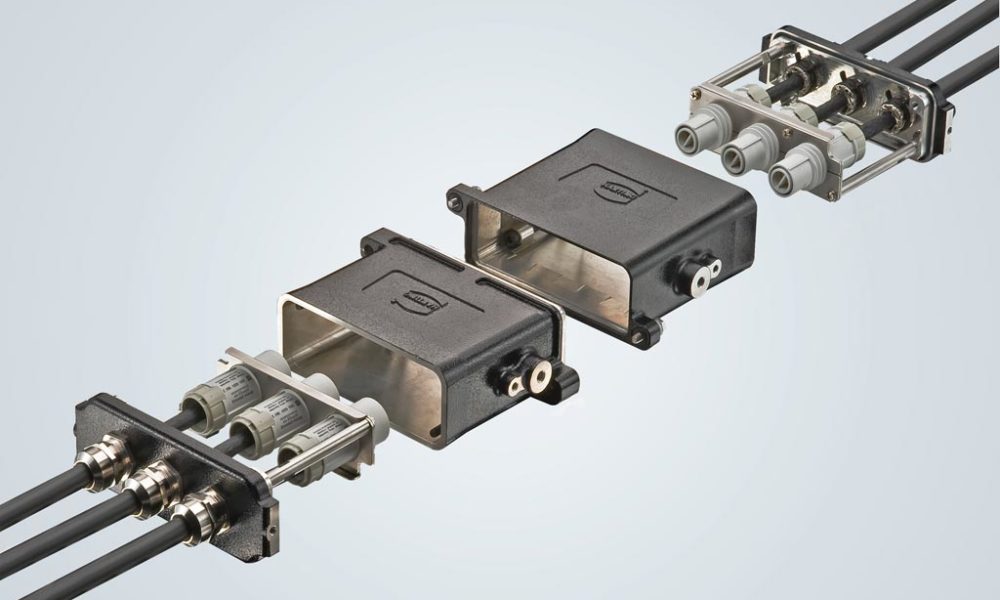Why Railway Connectors Are the Backbone of Transportation

In the complex web of transportation, where efficiency and reliability are paramount, railway connectors emerge as unsung heroes, quietly powering the backbone of our modern transit systems. As we move through the maze of technological progress, the importance of technology, often overshadowed by sleek engines and high-speed trains, becomes increasingly apparent.
Cable harness assemblies in India use these connectors, and their role in ensuring seamless assembly is discussed in this article.
The Heart of the Network: Cable Harness Assembly in India
Cable harness assembly is a crucial aspect of railway infrastructure, especially in India, where an extensive rail network is spread across different terrains. Their reliability is linked to the efficiency of the connectors. Carefully designed and engineered, these connectors serve as the lynchpin, ensuring signals, power, and data flow seamlessly through the network.
Ensuring Robust Connectivity
Railway connectors are the architects of connectivity. In a world where speed and accuracy cannot be compromised, these connectors play a vital role in maintaining seamless communication between various components of the railway system. Be it signalling systems, communication between control panels, or the critical exchange of information in train-to-ground communications, the reliability of these connectors is paramount.
Powering the Pulse: Sensor Connections
In the era of transportation, sensor connections have become the pulse of railway systems. Sensors, scattered strategically along tracks and within train compartments, gather critical data that drives decision-making processes. Railway connectors come into play by ensuring these sensors are connected to central control systems. From monitoring track conditions to managing passenger safety systems, these connectors facilitate the smooth flow of data, contributing to the overall efficiency and safety of the transportation network.
Innovation at the Core
The realm of railway connectors is not static; it’s a dynamic space where innovation thrives. The evolution of connectors has been instrumental in enhancing the efficiency of transportation networks. Advanced materials, improved designs, and stringent quality control measures contribute to connectors that can withstand the rigours of constant movement, varying temperatures, and challenging environmental conditions. The adaptability of these connectors ensures that they remain the bedrock of transportation, even as technology advances.
The Economic Impact
Beyond the technical intricacies, the role of railway connectors extends into the economic realm. A reliable and efficient transportation network is a catalyst for economic growth. Whether it’s the timely movement of goods or the punctual arrival of passengers at their destinations, the role of connectors in maintaining the fluidity of the railway system is undeniable. This efficiency, in turn, contributes to the overall economic development of the regions served by the railway network.
Environmental Considerations
As the world grapples with environmental concerns, the role of connectors in promoting sustainable transportation cannot be underestimated. Rail transportation is inherently more environmentally friendly than other modes, and the efficiency of connectors plays a role in reducing energy consumption and the ecological footprint of transportation systems.
Conclusion
In the complex dance of transportation, where every component must seamlessly synchronize, railway connectors emerge as choreographers, orchestrating the movements of trains and systems. As we move towards a future where connectivity is paramount, we must remember the silent power of railway connectors that keep the wheels of progress moving.